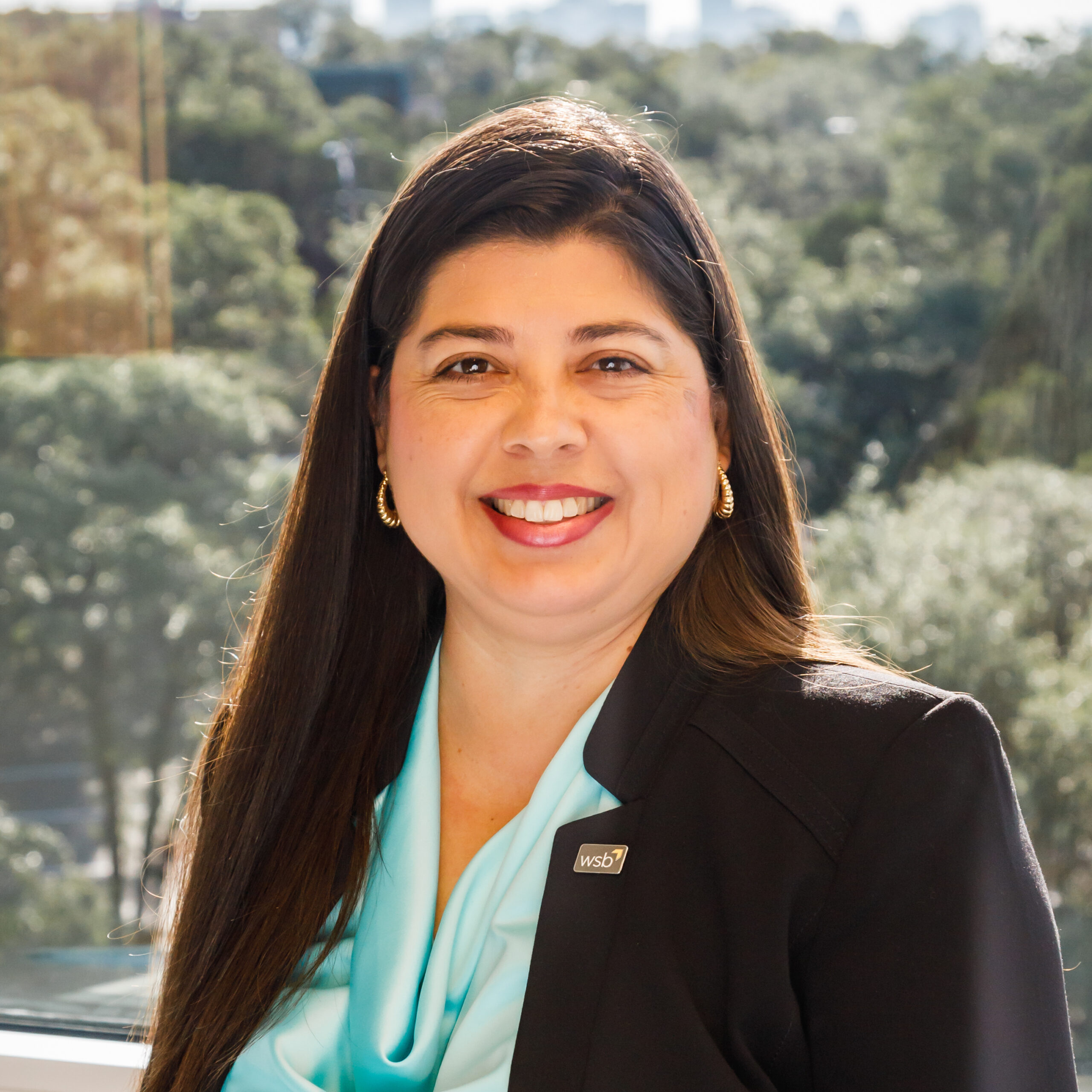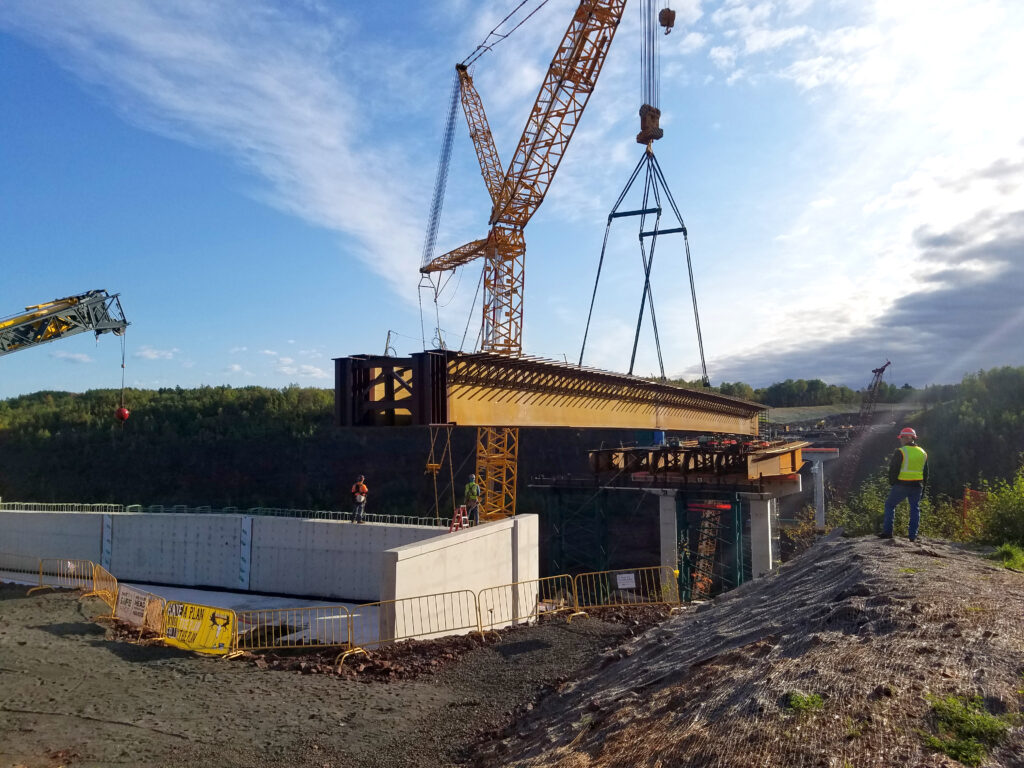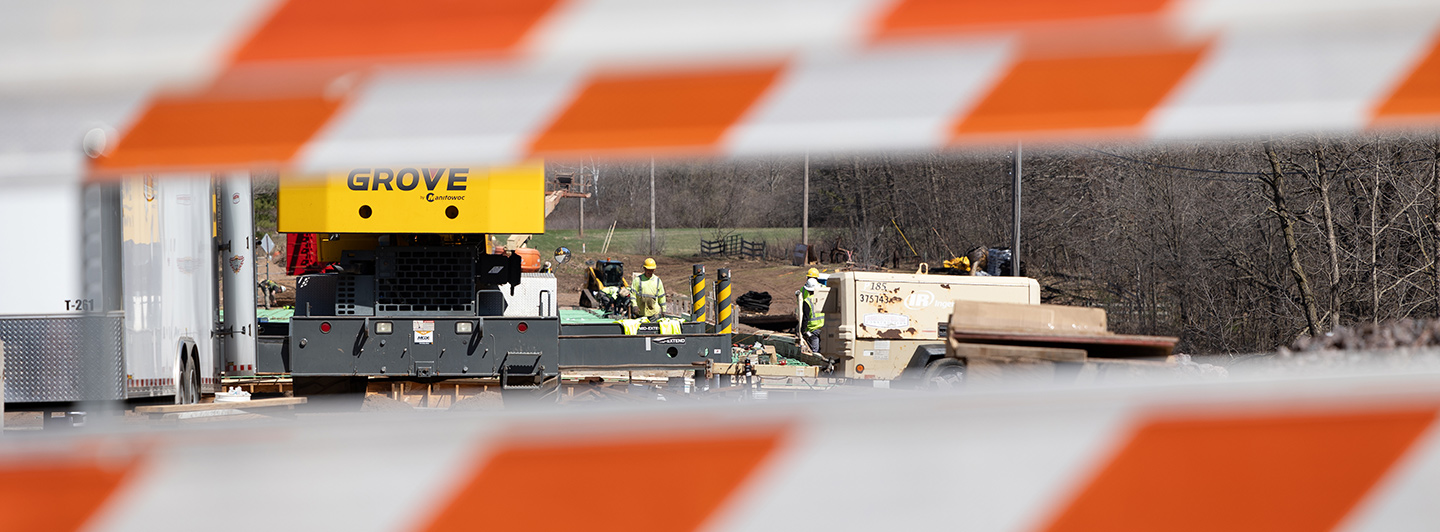January 11, 2024
By Christie Saenz, Senior Right of Way Specialist, WSB and Ryan Earp, Director of Public Engagement, WSB
New development, infrastructure or construction projects can put a significant burden on residents and communities alike. How do you find and maintain balance between public good and community impact? How do you ensure that outcomes are maximized? Here are a few things to consider.
The Importance of Building Trust
While development and infrastructure projects are essential for the growth of communities, it is critical that residents are engaged effectively and that their concerns are heard. In making decisions related to progress, agencies, government entities, elected officials and other stakeholders, must consider benefits and costs, political dynamics, community sentiments and more. Facilitating an open process and fostering open communication ensures that community members and stakeholders feel heard and respected throughout the process.
Every project brings with it a unique set of circumstances. Some projects stir emotions and encounter opposition. History shows that some projects may create or increase inequities – benefiting some, while disproportionally impacting the disadvantaged. Across any variety of projects, building trust with community members and stakeholders is foundational to success. Further, advancing progress amidst project impacts requires careful listening, community connection and collaboration. All of which is enabled by a deep understanding of who is affected by a project directly and indirectly.
Eminent Domain: Bringing Compassion and Empathy to Difficult Situations
Some development and infrastructure projects require Eminent Domain – the power of government to take property for public use. Eminent Domain can require that homeowners’ or businesses be relocated. This is the social and human cost of progress.
At WSB, Relocation Services play a crucial role in building trust and aiding residents displaced by projects. Establishing relationships and sharing information early in the process is essential. Honesty, integrity and regular communication help to build and maintain relationships.
Relocation Agents often serve as the community’s connection to a project. As such, Relocation Agents must be compassionate, empathetic and provide flexibility in working to meet the needs of individuals who must relocate for the advancement of a project. Relocation Agents work with impacted individuals every step of the way, which can include finding a new home for their family and helping them settle into a new life.
What WSB Can Do: Experience, Compassion and a Proven Track Record
WSB brings a wealth of experience and a compassionate approach to every project. We understand the intricacies of relocation, recognizing that empathy, understanding and active listening is key when working with individual stakeholders and communities experiencing change and transition. At WSB, we have experts in relocation, public engagement and community planning who can help every step of the way.












